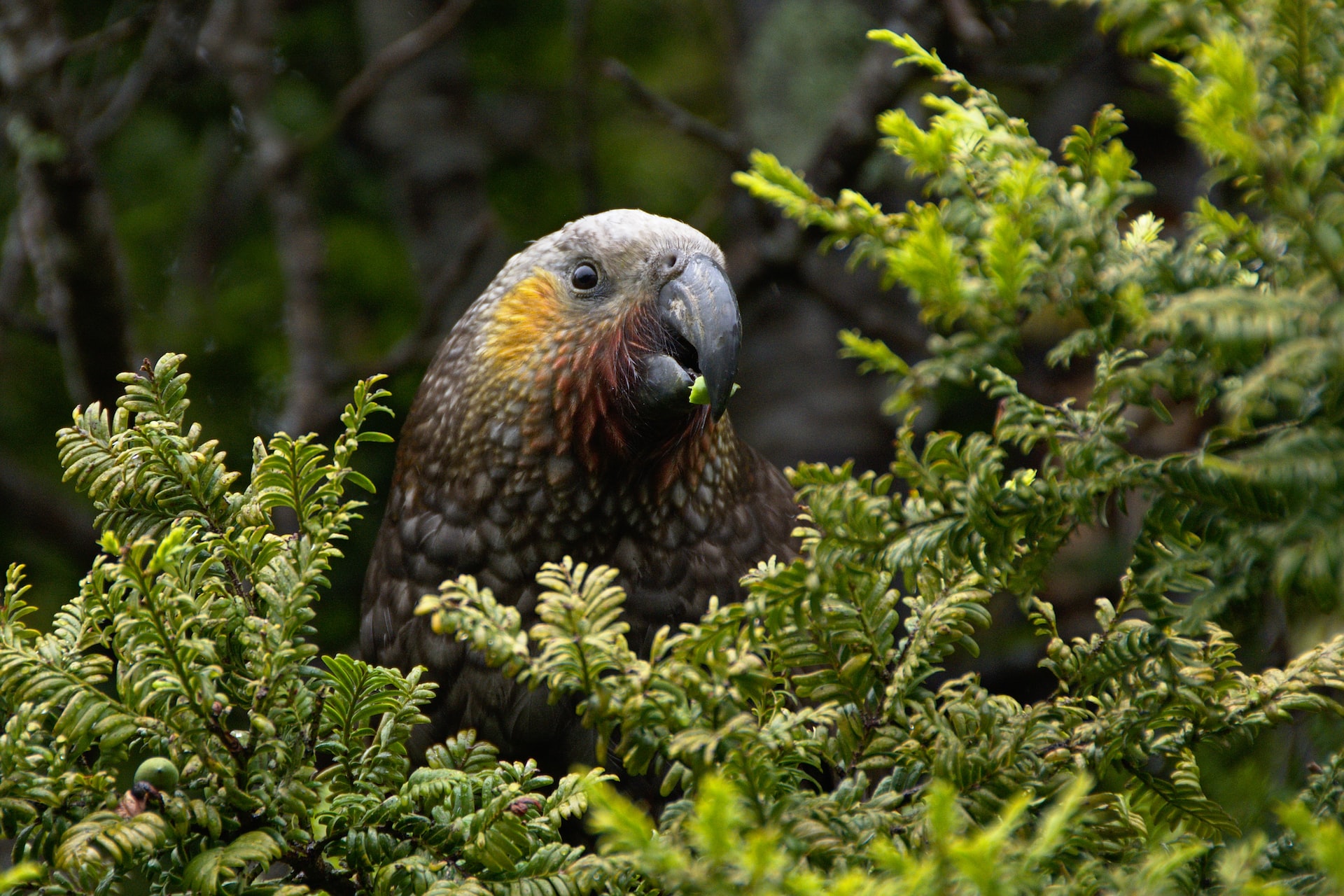Media release
From:
Journal/
conference: New Zealand Journal of Ecology
conference: New Zealand Journal of Ecology
Research:Paper
Organisation/s:
Department of Conservation, Ara Institute of Canterbury, NZ
Funder:
n/a



 New Zealand
New Zealand


